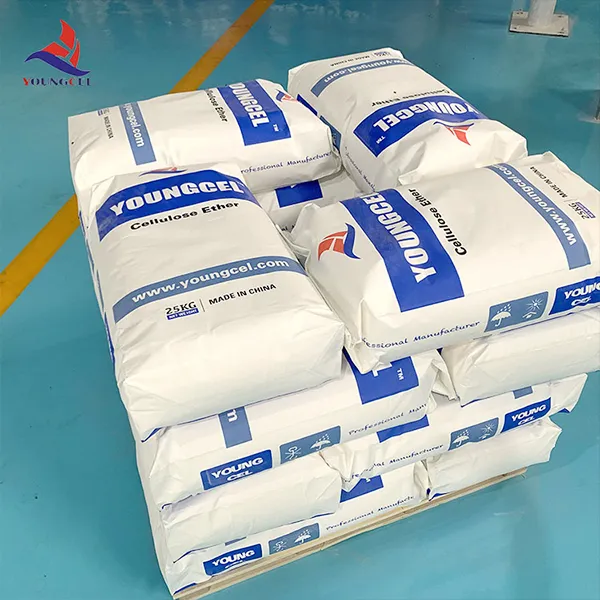The Versatile Applications of Cellulose Ether A Focus on HPMC
Hydroxypropyl Methylcellulose (HPMC) is a modified cellulose ether that has gained immense popularity in various industries due to its unique properties and versatility. Originating from natural cellulose, which is derived from plants, HPMC is created through a process of hydroxypropyl and methyl etherification. This modification alters the molecular structure, enhancing its solubility, stability, and performance in a myriad of applications.
One of the most notable characteristics of HPMC is its ability to form gels and films, making it an essential component in the food, pharmaceutical, and cosmetic industries. In food applications, HPMC is used as a thickening agent, emulsifier, and stabilizer. It improves the texture, consistency, and shelf life of products such as sauces, dressings, and baked goods. As consumers increasingly demand textural enhancements and clean labels, the role of HPMC in food formulation has expanded significantly.
In the pharmaceutical sector, HPMC is widely used in the production of tablets and capsules. Its excellent binding properties facilitate the compression of powders into solid dosage forms, ensuring uniformity and stability. Moreover, HPMC acts as a controlled-release agent, allowing for the gradual release of active pharmaceutical ingredients (APIs) over time. This controlled release is crucial for optimizing therapeutic effects, minimizing side effects, and improving patient compliance.
Cosmetic formulations also benefit greatly from the inclusion of HPMC. Its ability to form a protective film on the skin enhances the retention of moisture, making it a common ingredient in lotions, creams, and gels. Furthermore, HPMC is known for its exceptional compatibility with other ingredients, contributing to the stability of various formulations. The cosmetic industry leverages these properties to create high-performing products that align with consumer preferences for efficacy and sensory appeal.
cellulos ether hpmc

Another area where HPMC has made a significant impact is in the construction industry. As a key component of cement-based materials, HPMC improves the workability, adhesion, and water retention of mortar and plaster. This results in easier application and enhanced durability of construction materials. Additionally, HPMC’s water-retention capabilities help to mitigate cracking and shrinkage during the curing process, ensuring longevity and structural integrity.
HPMC also plays a role in personal care products, where it serves as a thickening agent and stabilizer. From shampoos to conditioners, its ability to enhance viscosity and provide a smooth texture is highly valued. Moreover, the use of HPMC in these formulations promotes a user-friendly experience, enhancing the overall performance and consumer satisfaction.
Beyond its myriad applications, HPMC offers several environmental advantages. Being derived from natural cellulose, it is considered biodegradable and environmentally friendly compared to many synthetic polymers. This aspect aligns well with the growing demand for sustainable products in today’s market, where consumers are increasingly conscious of the environmental impacts of their purchases.
In conclusion, Hydroxypropyl Methylcellulose (HPMC) stands out as a versatile cellulose ether with a profound impact across various industries. Its multifunctional properties make it an invaluable ingredient in food, pharmaceuticals, cosmetics, construction, and personal care products. As industries continue to evolve and adapt to consumer preferences and sustainability demands, HPMC is poised to maintain its essential role, driving innovation and quality in product development for years to come.
-
The Application and Significance of Construction RdpNewsMay.19,2025
-
Industrial Grade HpmcNewsMay.19,2025
-
Building Coating Adhesive Building Coating Adhesive HpmcNewsMay.19,2025
-
Application Of Hpmc For Detergent For Detergent In DetergentsNewsMay.19,2025
-
Application Of Hpmc Cellulose In Cement-Based MaterialsNewsMay.19,2025
-
Application Of High Quality Hpmc For Construction In The Field Of ConstructionNewsMay.19,2025




